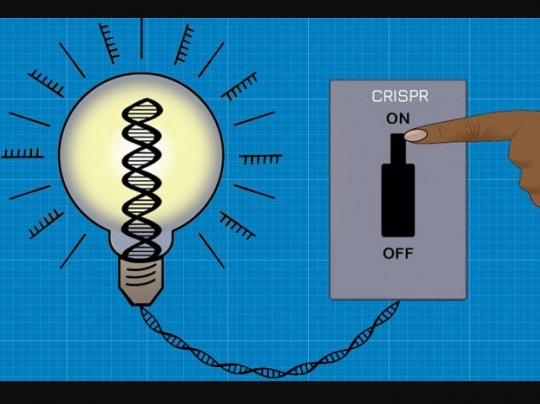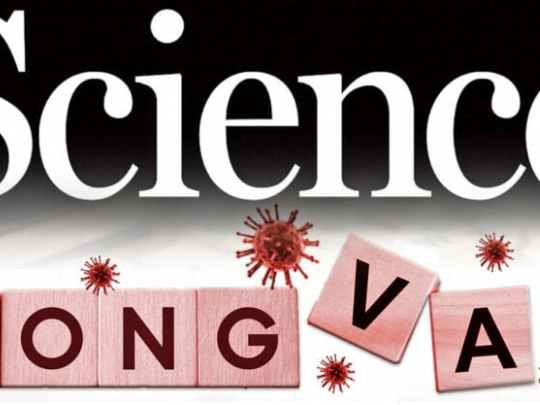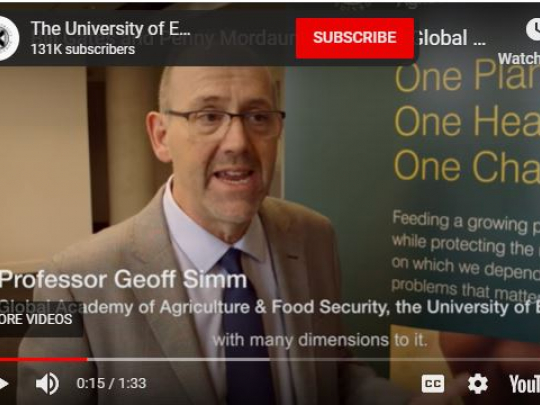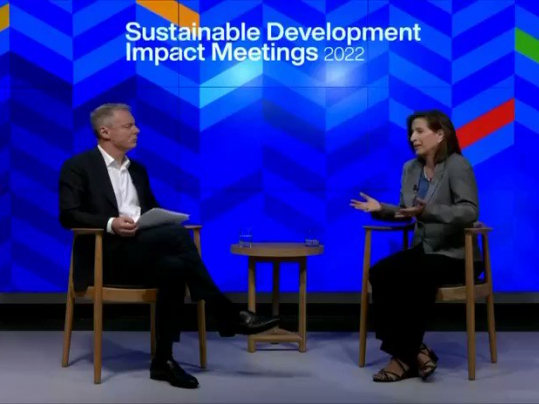CRISPR Breakthrough: Scientists Can Now Turn Genes On and Off at Whim

The gene-editing system CRISPR-Cas9 which has revolutionized genetic engineering over the past decade involves cutting DNA strands which is a process that can be quite hard to control and can result in unwanted genetic changes. Now, thanks to researchers at the Massachusetts Institute of Technology and the University of California, San Francisco (UCSF), a new gene-editing technology called CRISPRoff can change that, according to a press release.
The technique, described in a paper published in Cell on April 9, is reversible unlike traditional CRISPR, and the introduced changes can even be passed down to future lines of cells. This nondestructive gene-editing protein acts as a simple off switch for genes, recreating the benefits of the widely used CRISPR-Cas9 system without damaging cells' genetic material.
"Fast forward four years [from the initial grant], and CRISPRoff finally works as envisioned in a science fiction way," says co-senior author Luke Gilbert. "It's exciting to see it work so well in practice."
"The big story here is we now have a simple tool that can silence the vast majority of genes," says Jonathan Weissman, who is also a professor of biology at MIT and an investigator with the Howard Hughes Medical Institute. "We can do this for multiple genes at the same time without any DNA damage, with great deal of homogeneity, and in a way that can be reversed. It's a great tool for controlling gene expression."
'Genetic engineering 2.0'
In the classic CRISPR-Cas9 system, it is hard to limit the outcome, which is where the researchers saw an opportunity for a different kind of gene editor.
The researchers created a tiny protein machine to build an epigenetic editor that could imitate natural DNA methylation, which is an epigenetic mechanism that occurs by the addition of a methyl (CH3) group to DNA. The machine, guided by small RNAs, can turn methyl groups onto specific spots on the strand. The methylated genes are then "silenced," or turned off, which is where the name of the machine comes from.
This doesn't alter the sequence of the DNA strand, enabling the researchers to reverse the silencing effect using enzymes that remove methyl groups. The researchers called this method CRISPRon.
The researchers discovered that they could use this on-off switch to target the majority of genes in the human genome. Moreover, it worked for the genes themselves as well as the other regions of DNA that control gene expression without coding for proteins.
In addition, large methylated regions called CpG islands, something which was thought to be necessary to DNA methylation mechanism, were also silenced by CRISPRoff.
CRISPRoff for practical applications
The method was tested in induced pluripotent stem cells, which are cells that can turn into other cell types in the body. When the researchers silenced a gene in the stem cells and induced them to turn into neurons, it was seen that the gene remained silenced in 90 percent of the cells. This reveals that cells retain a memory of epigenetic modifications made by the CRISPRoff system.
In another study, the researchers used the technology to silence Tau protein, which can form clumps in the brain that cause memory loss and is involved in Alzheimer's disease, in neurons. It was seen that, while not entirely off, CRISPRoff could be used to turn Tau's expression down. "What we showed is that this is a viable strategy for silencing Tau and preventing that protein from being expressed," Weissman says. "The question is, then, how do you deliver this to an adult? And would it really be enough to impact Alzheimer's? Those are big open questions, especially the latter."
The researchers are now looking into new ways of applying the gene-editing technology. "With this new CRISPRoff technology, you can [express a protein briefly] to write a program that's remembered and carried out indefinitely by the cell," says Gilbert. "It changes the game so now you're basically writing a change that is passed down through cell divisions -- in some ways, we can learn to create a version 2.0 of CRISPR-Cas9 that is safer and just as effective, and can do all these other things as well."
- Source : Derya Ozdemir


















